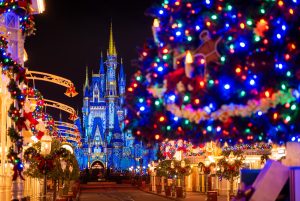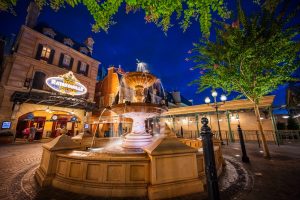10 Best Things to See and Do in Hiroshima (Japan)
Read our guide to 10 of the best sights and activities in Hiroshima. Allowing you to explore the city’s history, attractions, and entertainment districts.
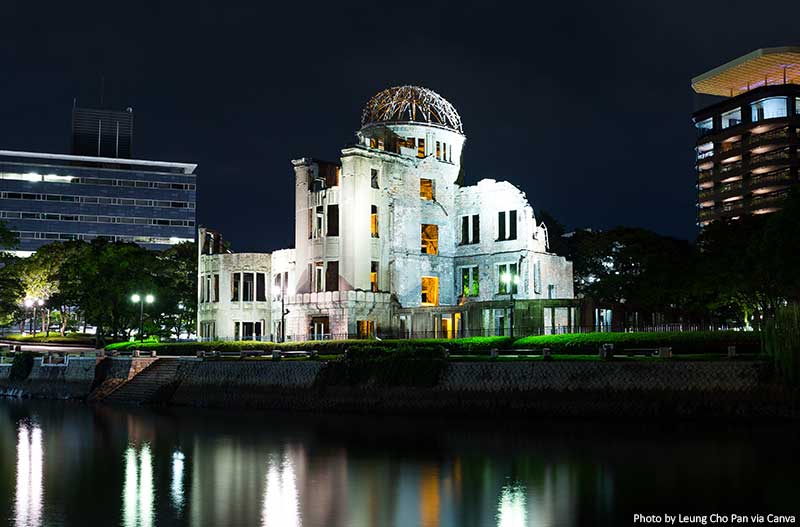
Hiroshima has miraculously risen from the ashes after August 6 1945, when the first atomic bomb ever used by humanity exploded right above the centre of this Japanese city. Hiroshima evaporated completely, tens of thousands of people died, and the radiation caused horrific diseases and even more deaths.
Walking through modern-day Hiroshima allows you to admire the ability of the citizens to rebuild the city from total devastation into a modern metropolis. Now, Hiroshima is of great cultural importance to Japan.
With our guide to 10 of the best sights and activities in Hiroshima, you can explore the city’s history, attractions, and entertainment districts.
1. A-Bomb Dome
The A-Bomb Dome is, without a doubt, the most recognizable structure in the city. This former Hiroshima Prefectural Industrial Promotion Hall was located right under the point where the a-bomb was detonated, but the construction wasn’t entirely destroyed. Being almost the only building in Hiroshima that escaped total destruction, the government kept it as a symbol of remembrance. Nowadays, the A-Bomb Dome is nothing more than a concrete carcass and certainly leaves an impression on every visitor.

2. Hiroshima Peace Memorial Museum
Possibly this memorial museum is one of the most emotional places you could visit in Japan. The museum opened in memory of the horror Hiroshima went through after the bombing in 1945. But also to raise awareness of the threats of nuclear developments in the present.
In the Peace Memorial Museum, you’ll find exhibitions with personal stories of victims and survivors, heartbreaking photos, artworks made by survivors, the current status of nuclear weapons, and the ‘anatomy’ of atomic bombs. Wandering through the museum guarantees chills, due to the dark set-up of the exhibitions; the photos are mainly black and white, the stories of eye-witnesses dreadful, and lights are sparse. The Hiroshima Peace Memorial Museum is of great importance, and definitely a must-visit when being in the city.
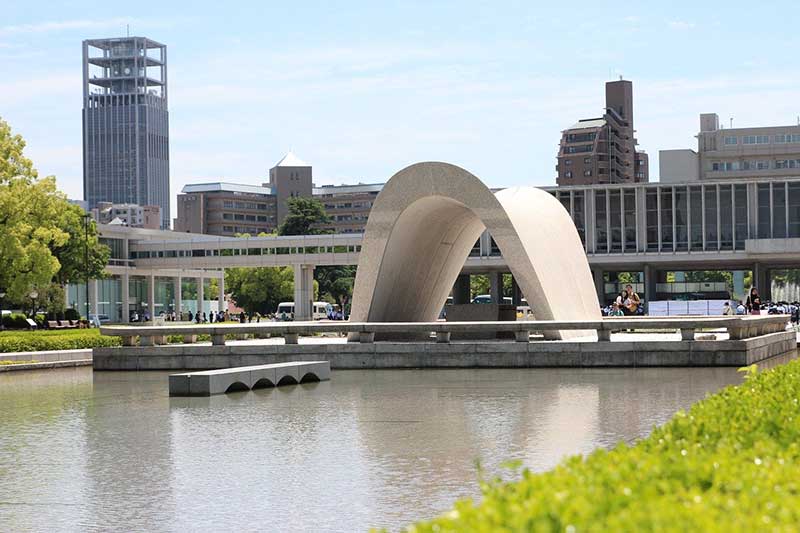

3. Mitaki-dera Temple
Downtown Hiroshima can get quite intense with rushing business people, humming trams and the shopping public. However, if you walk for an hour, you’ll find an oasis of peace far from the modern centre. The Mitaki-dera temple complex seems to lie in an enchanted forest, with many Buddhist statues, century-old structures covered with moss and tall trees. The highlight of this quiet place of worship is the colourful, two-storey pagoda. This complex was founded in the year 809 and is included in a Buddhist pilgrimage route across Japan. This gem in the forests receives very few visitors, which contributes to the peaceful atmosphere.
ADVERTISEMENT
CONTINUE READING BELOW
4. Miyajima Island
The Hiroshima Prefecture has a lot of islands, and the most famous one is Miyajima Island (also called Itsukushima). Hop on a tram in Hiroshima city, get off at Miyajimaguchi, and transfer to the ferry heading for Miyajima. This isle has become very popular because of the Shrine On The Water (Itsukushima), a beautiful shrine that seems to float on the Seto Inland Sea. Especially during sunset, people tend to flock down here to take their photos.
But this sacred sight isn’t the only draw to Miyajima. Adventurers can ascend to Misen, a mountain with glorious views over the sea, neighbouring islands, and the mainland. If you want to get to the viewpoint with ease, take the cable car to the top instead.
Near the arrival port sit all the restaurants, souvenir shops and bakeries. This is an excellent area to shop for memorabilia, and to see how one of Hiroshima’s delicacies is made: the Momiji Manju, a delightful pastry in the shape of a maple leaf, filled with bean paste.

5. Mazda Museum
Car enthusiasts will feel at home in the Mazda Museum, which is located just east of the city centre. Here you’ll find many cars on display for one of Japan’s most well-known brands.
The Mazda Museum shows the models and historical timeline of the car manufacturer, from the start in the 1920s until the modern technology of today. The most enjoyable part is the car display, where both beautiful and odd-looking vehicles show off what models Mazda has produced during its 100-year history. You can also have a look at an assembly line and seek for souvenirs in the gift shop.
6. Hiroshima Castle
The glorious history of Hiroshima Castle couldn’t save it from being destroyed during the atomic bombing. Initially built in 1592, the fortress stood out for its brilliant architecture and military importance in the region. The current castle is a precisely made replica, with an exhibition on the history of Hiroshima Castle inside and a viewing deck on the fifth floor. Around the castle, you’ll find a park and several shrines. The main gate of the complex is also beautifully rebuilt; original parts were used to restore this section of the castle.
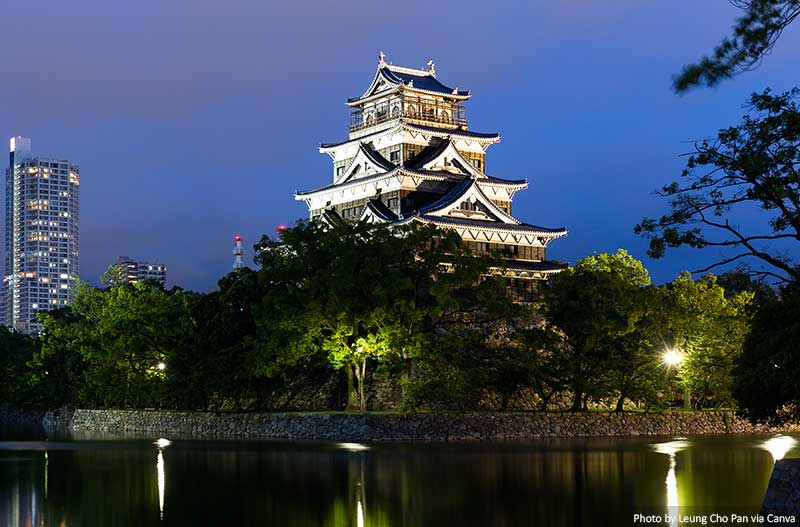
7. Hondori District
In the heart of Hiroshima, you’ll find Hondori, a long-stretched shopping arcade with all the stores you could wish for. Here and in the smaller side streets, you can play in game halls, find your favourite Japanese fantasy characters in countless anime shops, and munch on local food in underground restaurants. Hondori is known to have many eateries that serve okonomiyaki, a multi-layered ‘pizza’ made from batter, noodles, cabbage, chives, bacon, okonomiyaki sauce and mayonnaise. The Hiroshima-style okonomiyaki – as the name suggests – originates from this very city.
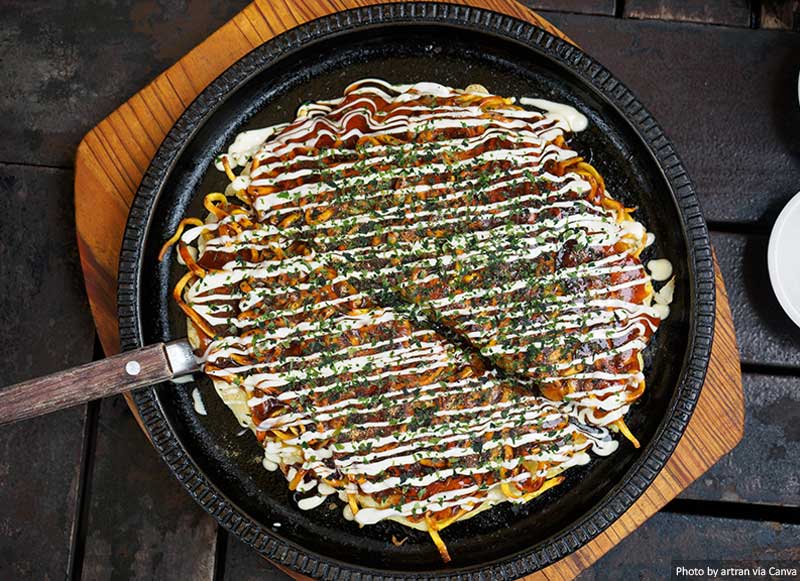
8. Hiroshima Museum of Art
Art admirers who come to Hiroshima should have a look inside the Museum of Art, an institution with sole paintings in its collection. The museum is divided into different styles and eras; the exhibitions include works from masters such as Renoir, Monet, Van Gogh, Picasso and Chagall. The Museum of Art has western-style paintings of Japanese artists like Asai Chu and Ryusei Kishida.
ADVERTISEMENT
CONTINUE READING BELOW
9. Shukkei-en Garden
Like many other cities in the country, Hiroshima has its own typical Japanese landscape garden. A walking route leads along the main pond with many types of trees, flowers, and a couple of tea houses to unwind in. The expansive garden features cherry and plum trees that turn into a wonderful bouquet of blossoms in March and April.
Shukkei-en was designed in 1619, just after the construction of Hiroshima Castle, and is, therefore, one of the most important historical sights in the city.
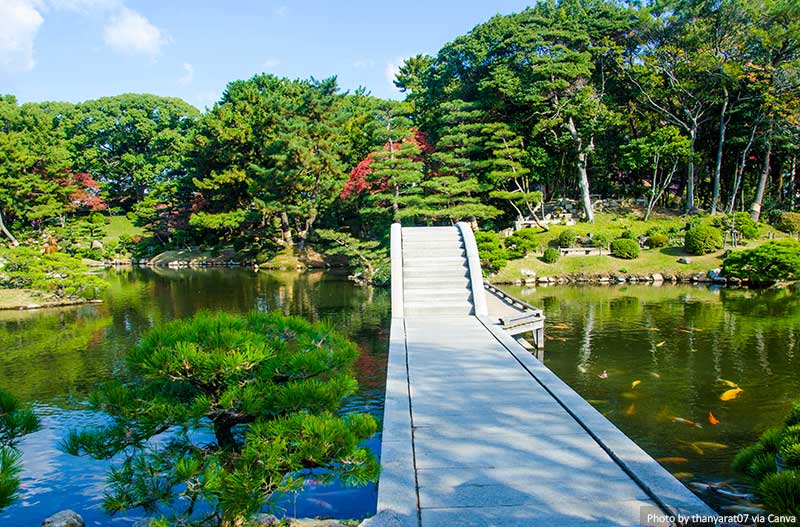
10. Barhopping in Kanayamacho
When the sun has set, and the neon signs flip on, plenty of secret doors open in Hiroshima’s bar district. This city is one of the significant producers of sake, the alcohol of choice for many Japanese. Therefore, Flat Sake Bar is a necessary stop during a pub crawl in this metropolis. It has the kind of atmosphere that you find in countless Japanese bars; it’s dark, small, cosy, and it has an impressive collection of bottles. Camel Backpackers Bar has a comfy lounge area and serves refreshing cocktails as well as the omnipresent sake. Hiroshima has numerous hidden bars, tucked away in basements or the back of ordinary shops. The best way to discover them is to ask a local, for example, the staff of your accommodation.
Summary
Hiroshima has picked itself up in an admirable way; the ruins have turned into skyscrapers, shopping centres and hyper-modern infrastructure. Still, Hiroshima confronts its visitors with the dark times the city went through and the message that this should never happen again. The A-Bomb Dome and Peace Memorial Museum are necessary and can’t be lacking on your itinerary.


